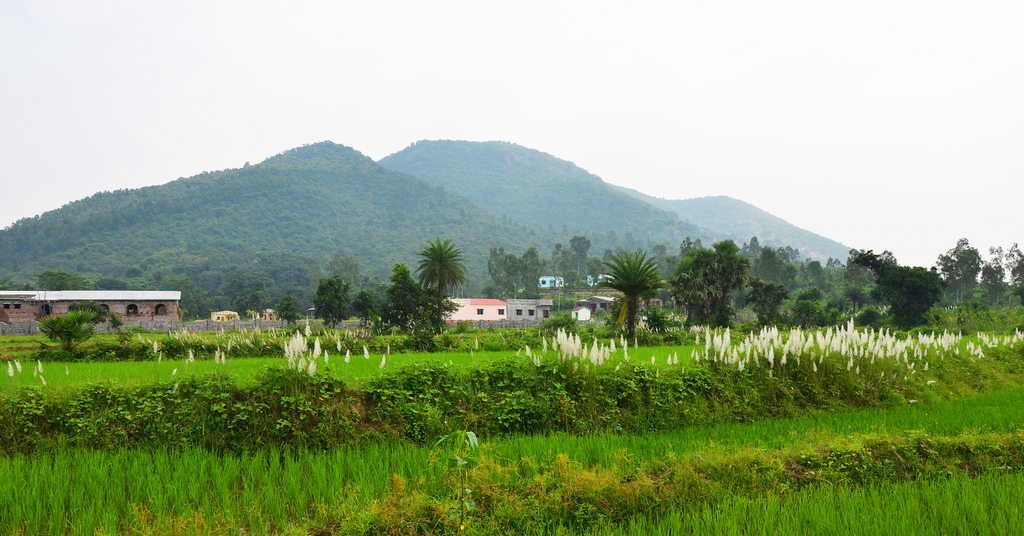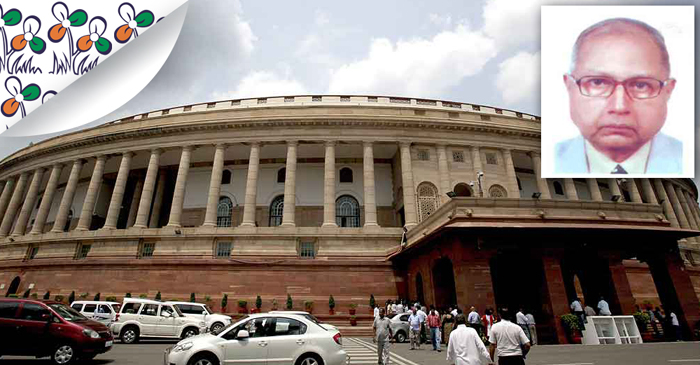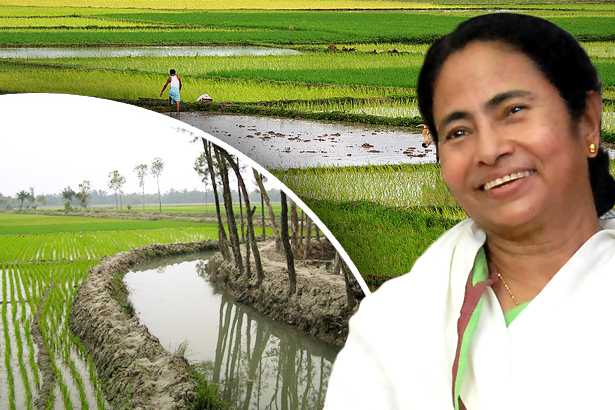In the renovation of the irrigation system, rivers and canals, and the flood control system, the Trinamool Government’s success has laid bare the glaring lack of worthwhile work in these areas by the previous Left Front Government.
Increased spending
In the four years of Trinamool Government in West Bengal, there has been a spend of Rs 2958,73,60,000. Therefore per year, on an average, the spending has been Rs 739,68,40,000. The actuals per year are Rs 396,48,93,000 in 2011-12, Rs 587,33,99,000 in 2012-13, Rs 683,94,87,000 in 2013-14 and Rs 1290,95,81,000 in 2014-15. Therefore, it can be seen that the spending has been increasing year by year, with the increase from 2013-14 to 2014-15 being by a massive 88.75%.
Compare this to the spending on the same account during the last four years of the Left Front Government – Rs 1095,54,90,000, which is less than that of the Trinamool Government’s spending in 2014-15. These numbers prove how much importance the current Government is giving to the agricultural sector, which forms the economic backbone of the State.
- The fiscal distinction between the first four years of the Trinamool Government and the last four years of the Left Front can be summarised in these three points:
- The year-by-year increase in the spend in the case of the Trinamool Government has been 3 times, on an average, that of the Left Front.
- In the case of the Left Front, the spend was Rs 274 crore on an average, while in the present case, it is Rs 740 crore.
The Left Front Government, instead of increasing, decreased the spend on irrigation and water transport in its last two years. As a result, if one compares the spend during the last year of the Left Front to the projected spend by the Trinamool Government during 2015-16, one would find an increase of almost 10 times (from Rs 211 crore to Rs 2041 crore).
Water Investigation and Development Department
The spend per year during the four years of the Trinamool Government has been more than twice that during the last four years of the Left Front Government, on an average.
Efficiency in the usage of the irrigation system
During the first three years of the Trinamool Government, an additional 1,07,000 hectares of land has come under the irrigation system. Besides, in North Bengal, water from the Teesta barrage system has been used to irrigate an additional 1,10,000 acres in the Rabi/Boro season.
In drought-prone Purulia district, 14 check dams have been constructed to hold water for irrigation purposes. Twenty-three more have been planned to be constructed by March 2016.
Renovation of river dams
The Trinamool Government, during the first three years, more than 1000 km length of river dams has been renovated. Significant among these river dams are those on the rivers Keleghai, Kapaleshwari and Chandia, and on the Hijli Tidal Channel in West and East Medinipur, on the Damodar Shortcut Channel in Howrah district, on the Upper and Lower Bagjola Canals in North and South 24-Parganas and Kolkata, on the Ichhamati River, and on the Beleghata Canal.
Additionally, in the areas in the Sundarbans affected by Cyclone Aila a few years back, some 600 km of embankment have been either built or repaired to prevent flooding.
Irrigation and flood control
West Bengal Accelerated Development of Minor Irrigation Project (WBADMIP), under the aegis of the World Bank, has spent Rs 1380 crore to make an additional 1.39 lakh hectare irrigable.
In the districts of Purulia, Birbhum, Bankura and West Medinipur, under the Jal Tirtha Scheme, an additional 14,000 hectares have been made irrigable during 2014-15 and during 2015-15, plans are for an additional 15,000 hectares to be made crop-worthy through micro-irrigation techniques.
Jal Dharo Jal Bharo
Under this flagship scheme of the Mamata Banerjee Government, till December 2014, 817 ponds and 7,319 water reservoirs have been dug in West Bengal. During 2015-16, plans are on for another 3,000 similar projects. Significantly, the fact that the West Bengal Government could use the 100-day NREGA scheme to service the building of ponds and reservoirs on such a large scale, is a milestone in India.
All in all, the improvements in irrigation-related aspects during the last four years by the Trinamool Congress Government has been unprecedented.



